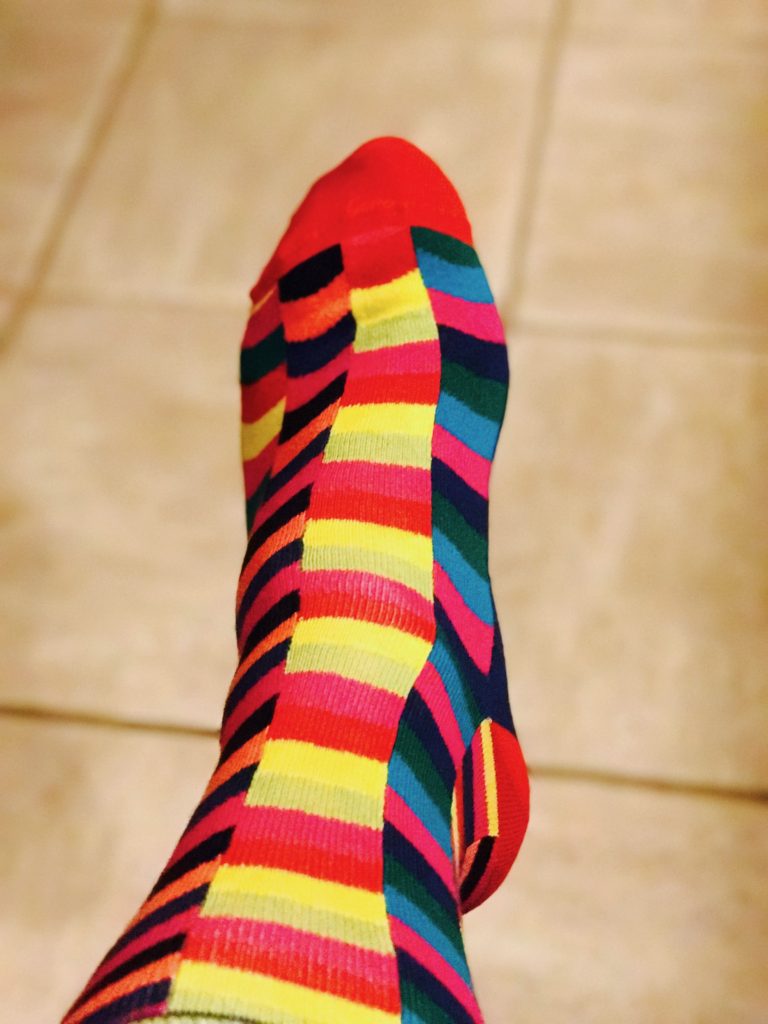These days, many of us are working from home. And while there are some definite benefits to this arrangement (no need for business casual attire, more flexible hours, etc.), there are also some challenges. One of the biggest challenges is that we're now having to do a lot more video conference calls and virtual meetings. If you're finding yourself feeling unprepared or even a little bit intimidated by these types of meetings, don't worry—you're not alone. Luckily, with a little bit of preparation, you can make sure that your next virtual meeting goes off without a hitch. Read on for some tips on how to make the most of virtual meetings.
1. Invest in some decent equipment.
If you're going to be spending a lot of time on video calls, it's worth it to invest in some quality equipment. A good webcam and microphone will go a long way in making sure that you look and sound your best on camera.
2. Set up your home office for success.
Just because you're working from home doesn't mean that your office can be a mess. Make sure that your workspace is clean, clutter-free, and well-lit so that you look professional on camera.
3. Practice makes perfect.
If you're not used to being on camera, it can feel a bit strange at first. The best way to get over this is to practice ahead of time. Set up a test call with a friend or family member so that you can get comfortable with the technology and with being on camera.
4. Be aware of distractions . . .
When you're on a video call, it's important to be aware of potential distractions—both for yourself and for others. If you have young children at home, make sure that they are being supervised during the call so that they don't accidentally wander into the frame or make noise in the background. In terms of distractions for yourself, try to avoid multi-tasking during the call so that you can give your full attention to the conversation at hand.
5. ... but don't be afraid to use them to your advantage!
While it's important to be aware of distractions, there's no need to be too tense during virtual meetings. If something does happen (like a child walking in or your dog barking), just roll with it! These types of things happen, and chances are good that everyone else on the call has experienced them too. A sense of humor goes a long way in making virtual meetings more enjoyable for everyone involved.
Virtual meetings are becoming more and more common as more and more people work from home. While they have their challenges, there are also ways to set yourself up for success so that your next virtual meeting is a seamless success, setting up an environment where everyone involved enjoys themselves. With just a little bit of planning and preparation, you can make sure that your meeting is a communication success story.





